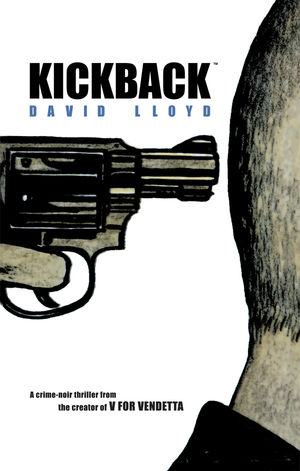| Quote: |
| Who knows what evil lurks in the hearts of men? |

I have been wanting to re-read Andrew Helfer’s run on The Shadow from the 80s for a while now. But when I went into the loft to dig them out I got sidetracked by DC’s first comic series with the character. The majority of issues (10) were written by Denny O’Neil with the other two written by Michael Uslan. O’Neil has worked on a vast number of titles for DC and Marvel and includes the Hard Traveling Heroes Green Lantern/Green Arrow story, a run on Batman and a revivial of the Question in the 80s. Uslan is better known as a film and TV producer and has been a producer on a number of the modern DC film adaptations including all the Batman movies. The art duties were handled by Michael Kaluta (5 issues), Frank Robbins (4 issues) and ER Cruz (3 issues). Kaluta’s work I know from Starstruck and a recent run on Madame Xanadu but the other two artists are new to me – in fact ER Cruz seems to be a bit of a man of mystery himself.
Each issue is a standalone story with no overall arc so each can be read on their own. The stories are true to the pulp origins of the character and set in the 30s (when the radio serial and books first appeared). The Shadow is a vigilante dispensing, often fatal, justice to organised crime gangs. He has unexplained mystical powers to hypnotize and evade adversaries and slip into the shadows. He has a number of alter egos including a rich socialite and in some ways can be seen as a precursor to Batman. He also has a team of associates that he uses to gather information and help him in his pursuit of criminals.
In general the stories were good examples of the pulp style. However, at 18 or 20 pages long, they were a bit too short for me – a lot of the story development and detection work was skipped to fit in the action within the page limit. The art was generally fine. This early example of Kaluta’s art was a bit cruder than his later Mucha influenced style but fit in well with the overall mood of the pulps. The Robbins art had more of a cartoony style but was still enjoyable to view. I probably liked the art by ER Cruz best as it was a bit cleaner than Kaluta’s and a bit more realistic than Robbins’. If you are a fan of pulp writing, the Shadow or Denny O’Neil then it is probably worth your while tracking this series down.









